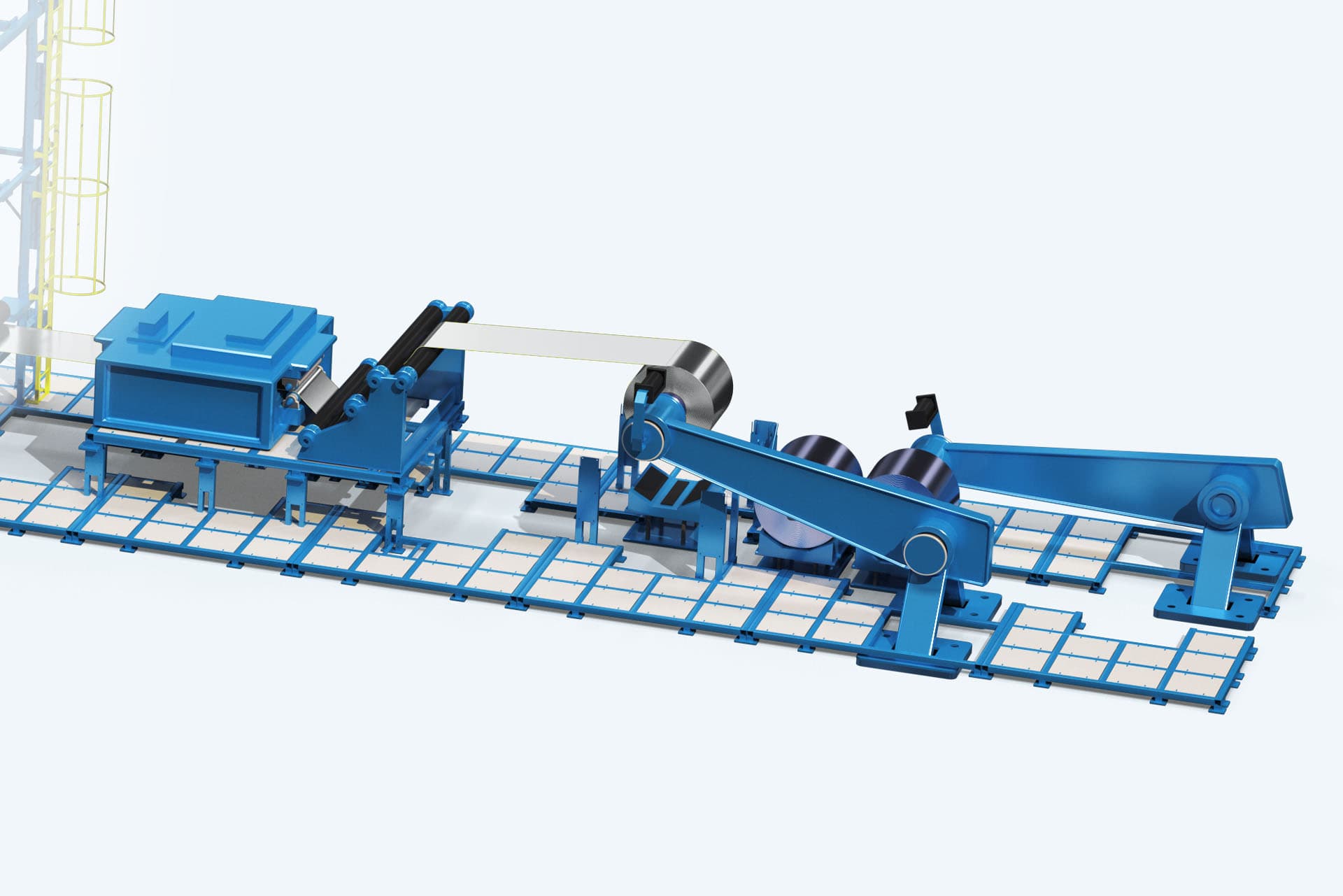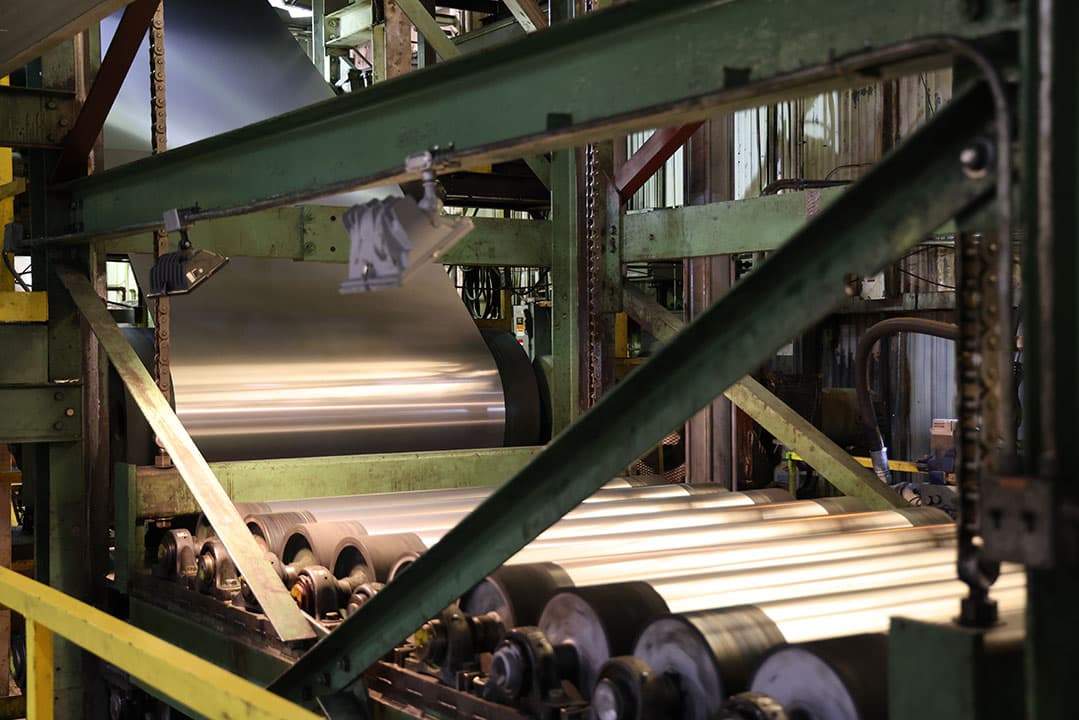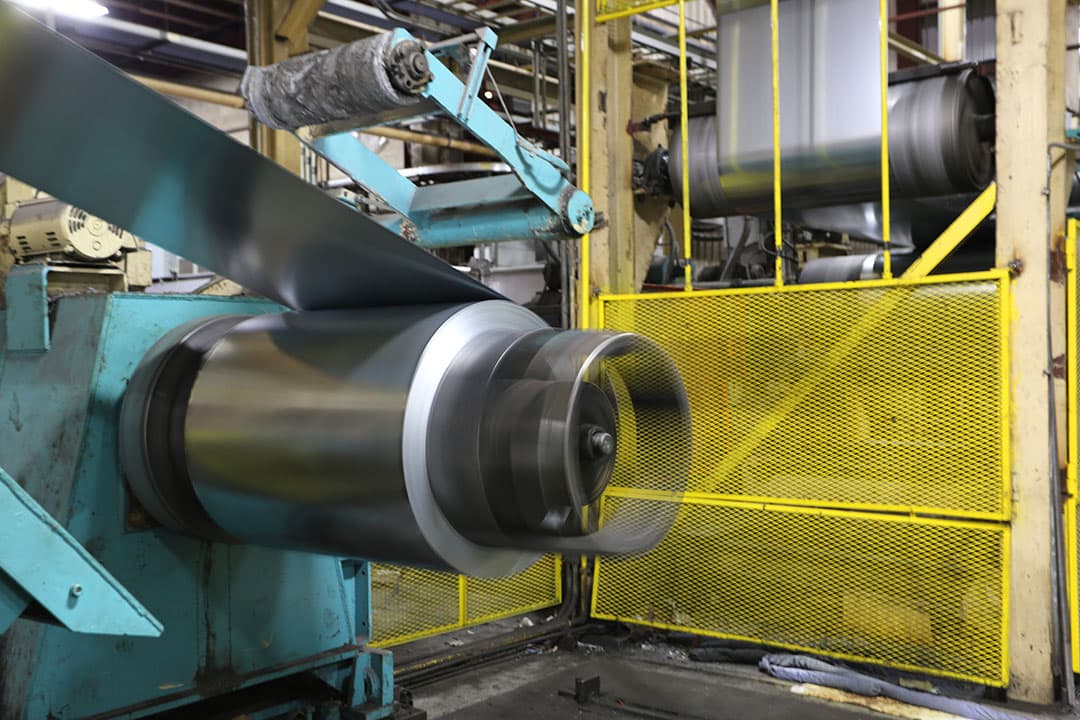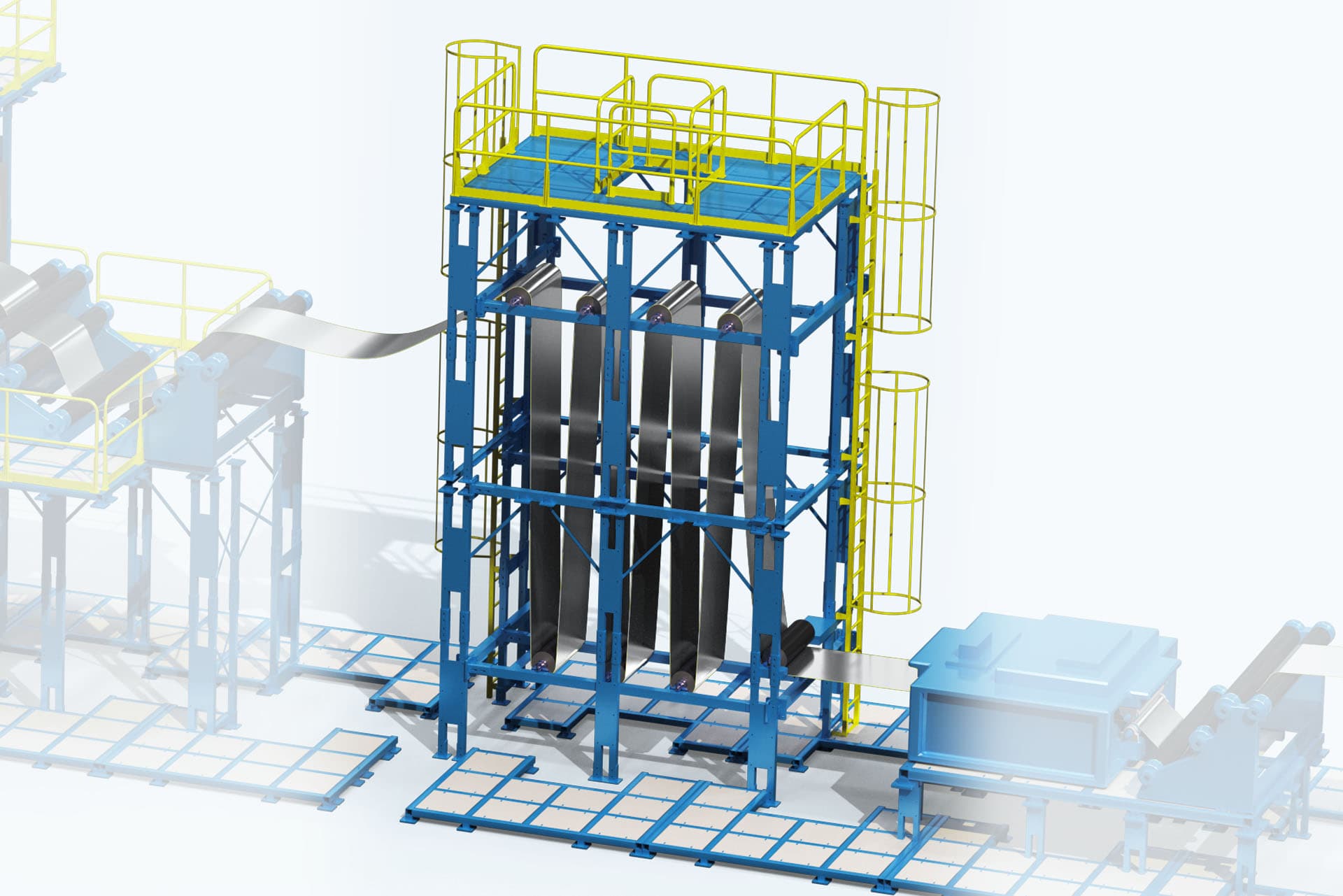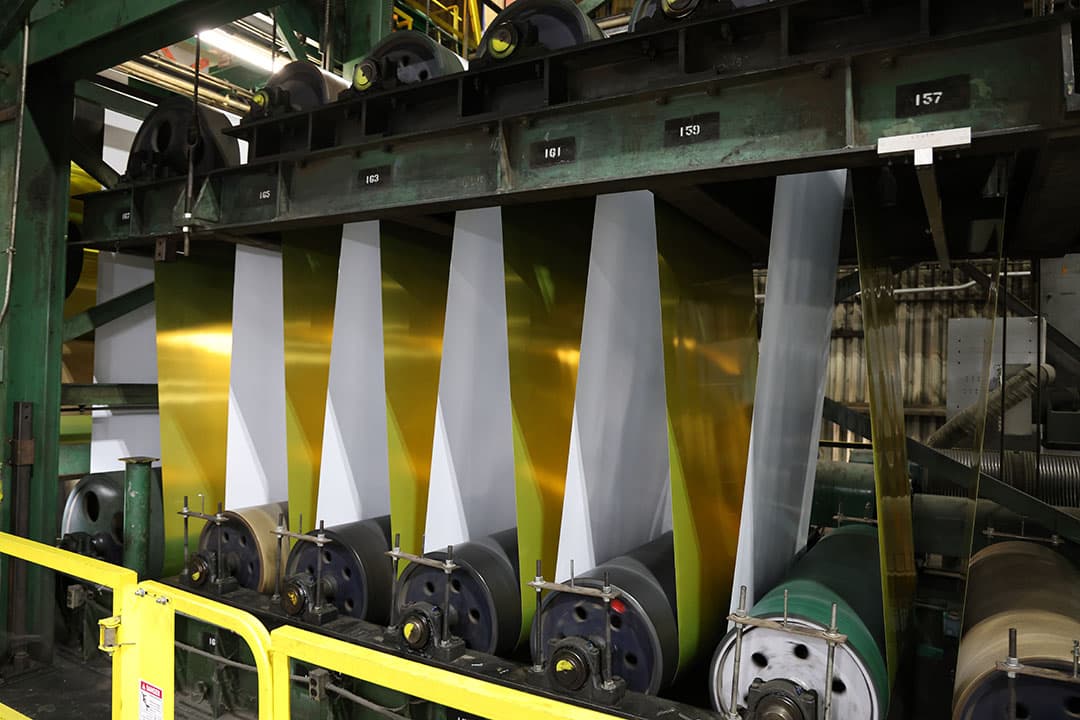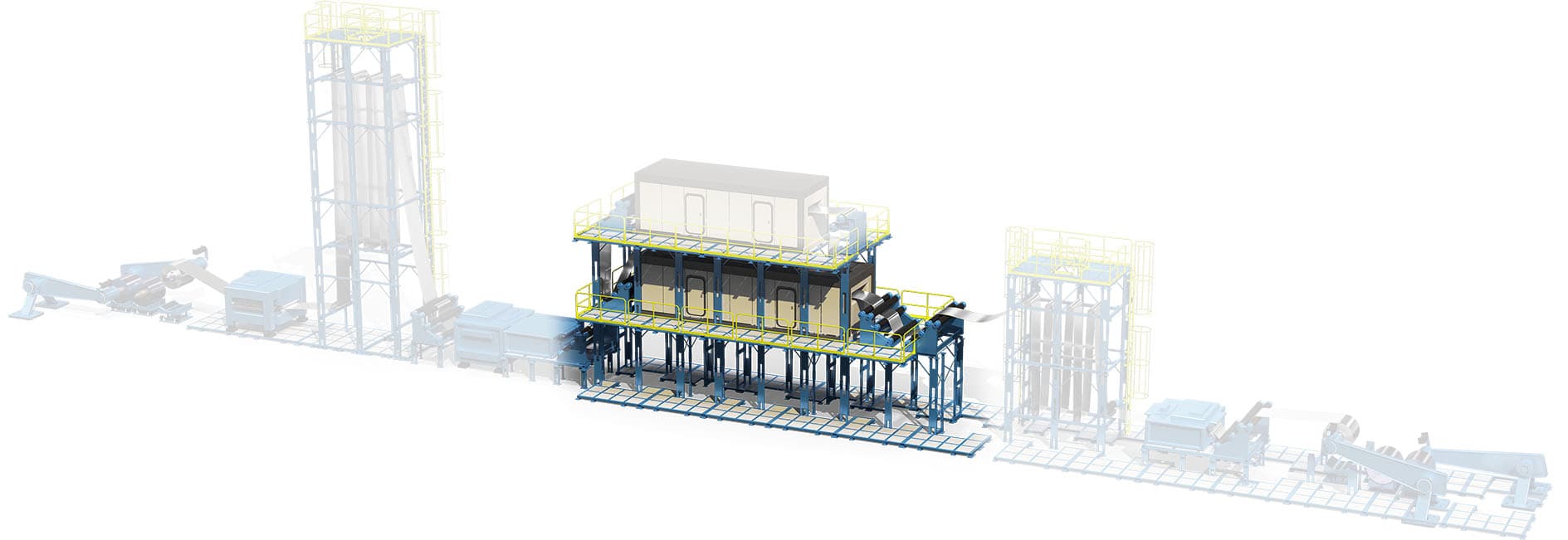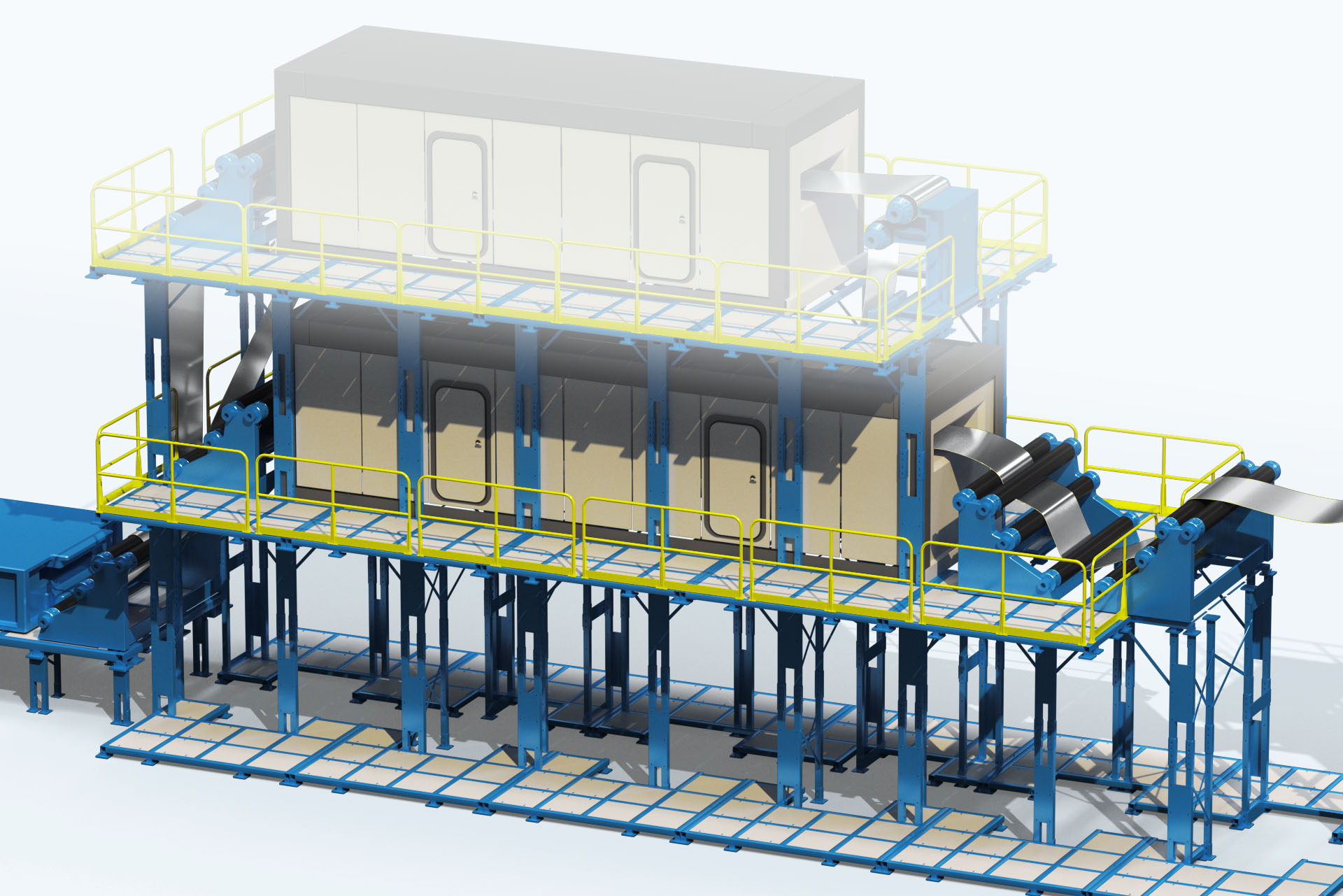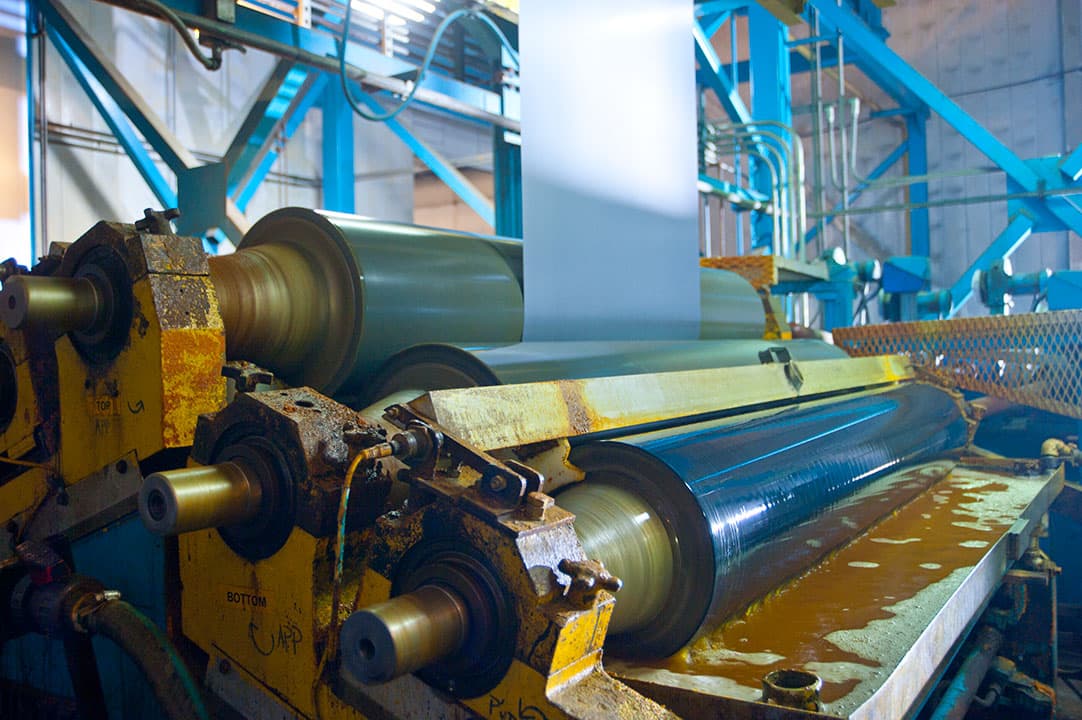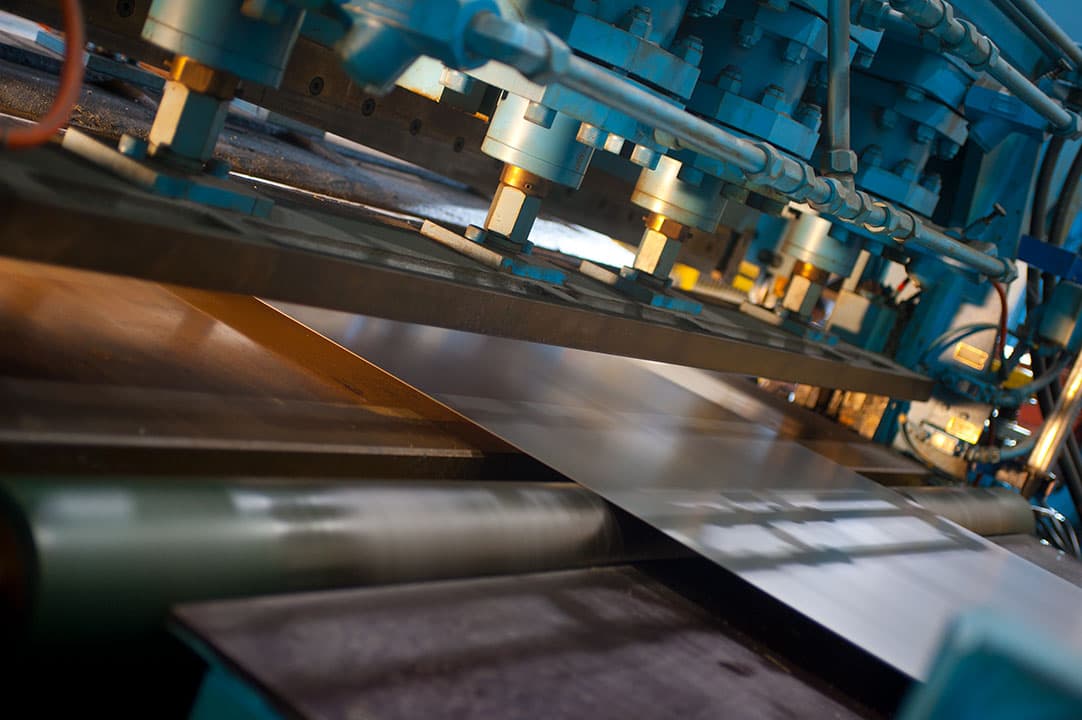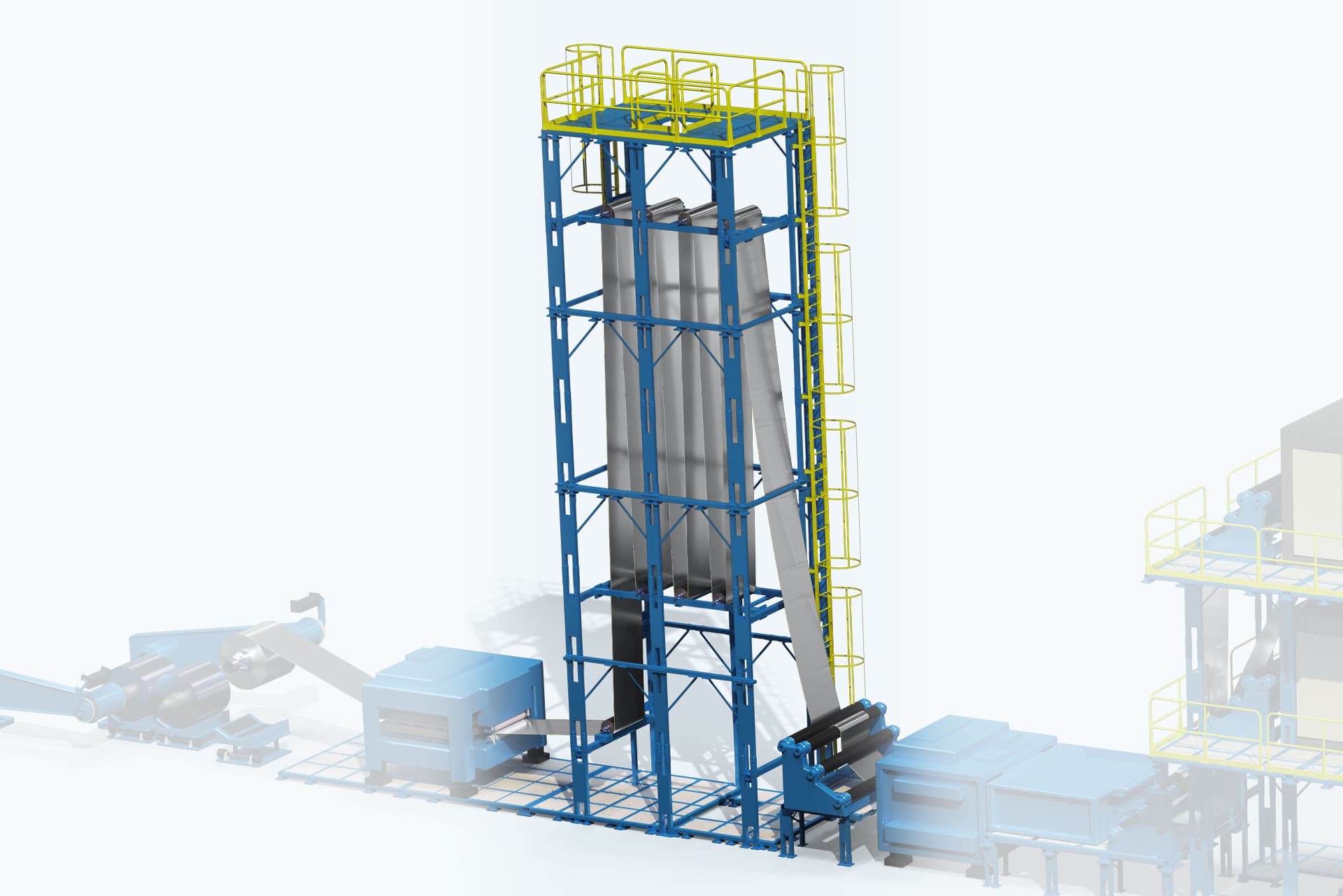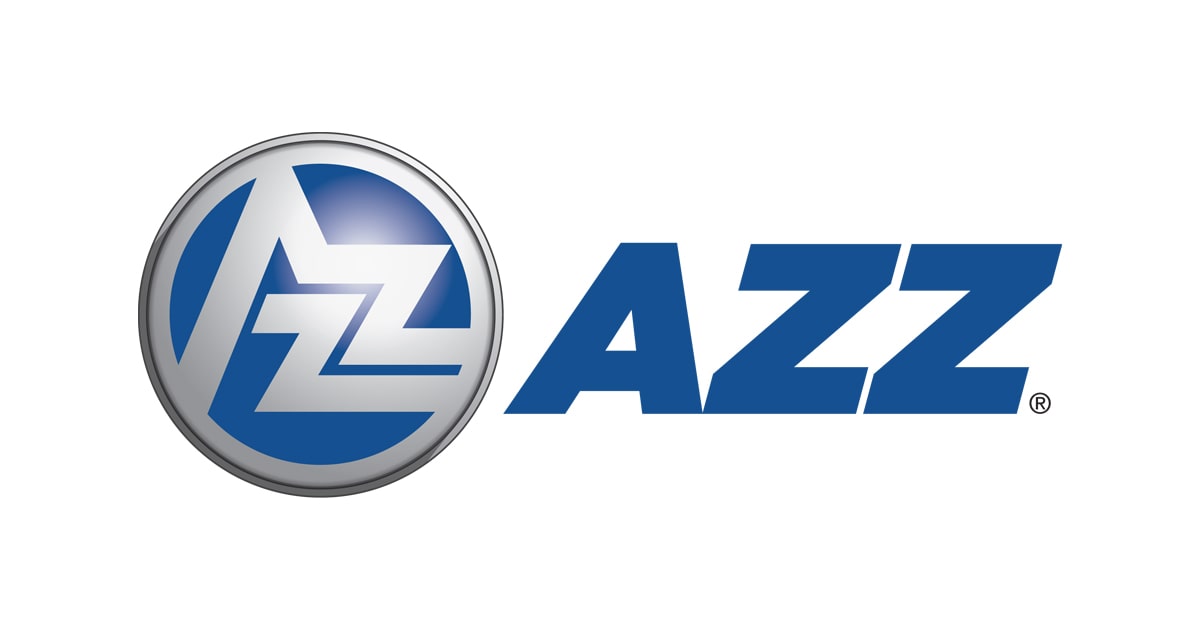Long Live The Queen!

After selecting what is known today as Sun Valley, in the Sawtooth mountains of Idaho, planning began for this sizeable venture. With the vision of UP passenger trains bringing skiers from across the country, the next logical step was finding a safer more efficient means of transporting skiers up the slopes. The prevailing options of the time included rope tows and boat lifts used to drag skiers up the mountain.
Inspired by a system used to load bananas onto boats in Central America, UP’s headquarters in Omaha, Nebraska began to design, engineer and test a profoundly different method of transporting skiers. In 1936, the world’s first single seat chair lift began operating in Sun Valley. Originally, the elevated skier concept was thought to be too dangerous. Skiers could actually sit in a chair, while wearing skis, lifted above the terrain and riding to the top of the slope at a speed of 5 miles per hour. This evolution of lifting and carrying skiers up the mountain, quickly and effectively changed the sport of snow skiing around the world.
The old silver mining town of Aspen, nestled in Colorado’s Rocky Mountain Sawatch Range and named for its abundance of aspen trees, had been in decline for many years. In 1946, Aspen opened its first chair style ski lift on Aspen Mountain, bringing new life and fortune to this picturesque town. The single seat lift named Lift 1, with 124 chairs, was at that time, the longest chair lift in the world. Aspen continued to develop as a ski resort, soon becoming a popular retreat for many celebrities. Lift 1 continued to run skiers up the mountain for the next quarter century even as additional chair lifts were added with advancements in safety and speed.
The steel tower structures and components of these earlier lifts relied on paint systems to protect the steel from corrosion. In these rugged mountain terrain environments, the periodic maintenance requirements for the protective paint systems were both challenging to apply and expensive to maintain.
In 1981, Poma S.A., a ski lift manufacturer headquartered in France and looking to expand opportunities across the Atlantic, opened Poma of America (POA) with a factory and offices in Grand Junction, Colorado. From the start, POA began specifying and sourcing hot-dip galvanizing as the protection of choice for their ski lift towers and related components.
Access to Aspen Mountain was radically changed in 1986 with the opening of the Silver Queen Gondola; an enclosed cable car style ski lift constructed by POA. The Silver Queen comfortably accommodates 6 persons per cabin, while transporting up to 2,000 skiers per hour. By this time, hot-dip galvanizing (HDG) had become the staple of protective coatings throughout the ski lift industry. All the towers, crossarms and other exposed steel components of the Silver Queen were hot-dip galvanized before erection. Silver Queen passengers take off from Aspen’s town center elevation of 7,945’ up to the summit of 11,212’, completing the trip in just 14 minutes.
With the merger of two major international ski lift manufactures in 1992, Poma of America became Leitner Poma of America (LPOA), but nothing changed regarding the use of hot-dip galvanized steel. As explained by Tom Orms, Director of Manufacturing for LPOA; “Since our inception in the United States in 1981 and for the past 43 years, we’ve relied on hot-dip galvanizing as a staple within our process”. “Prior to that, painting towers was an inferior protective option considering the elements faced in these harsh mountainous climates”.
The practice of HDG involves dipping carefully prepared steel into a kettle of molten zinc to produce a nearly indestructible, environmentally friendly, zinc and iron alloy coating over all surfaces. The process takes just hours to complete, but the protection can well exceed a lifetime. A recent spot inspection of the Silver Queen’s HDG coating shows the protection remains intact and ready to continue its remarkable track record for future years and even decades to come. The zero-maintenance advantage of HDG, has saved millions of dollars for the ski resort industry.
“For 38 years, the galvanized steel components of our beloved Silver Queen Gondola have stood the test of time in some of the harshest weather conditions ranging from sub-zero temperatures in the winter, then into the nineties during peak summer. Year to year, our guests get to experience various marvels of mountain recreation thanks in part to the reliability of hot-dip galvanizing and the care that was put into the original design and erection of this structure in 1986.
Ben McCarter, Director of Mountain Maintenance and Operations for Aspen Snowmass
The Aspen Ski company retains a unique cultural heritage that harkens to the earlier days of recreational skiing. Aspen is one of four adjacent ski resorts along with Snowmass, Aspen Highlands and Buttermilk, encompassing 4 mountains, 43 galvanized ski lifts and 336 trails covering over 5,600 acres of terrain as part of today’s Aspen/Snowmass complex.
The Silver Queen remains the steepest vertical rise ski lift in North America at 3,267’ over a 5-mile stretch and she won’t be slowing down anytime soon. Skiers will continue to enjoy the amazing ski conditions on Aspen Mountain and hot-dip galvanizing will continue its vital, protective role. Long Live the Queen!











Contact Us
Email Signup
Sign up to receive the latest news from AZZ





